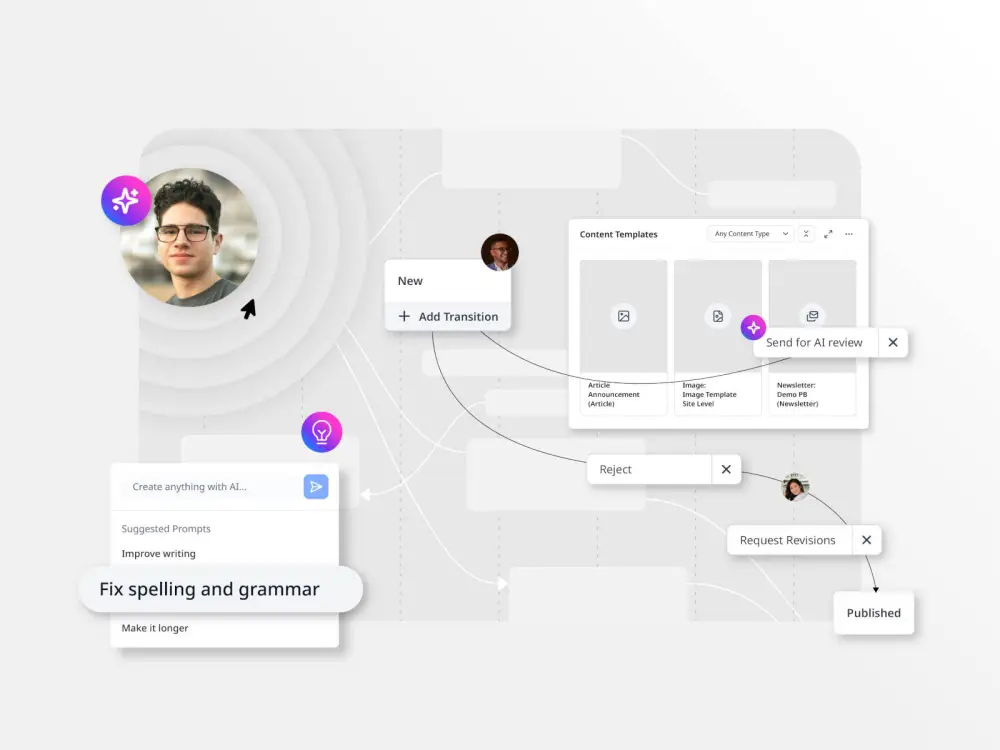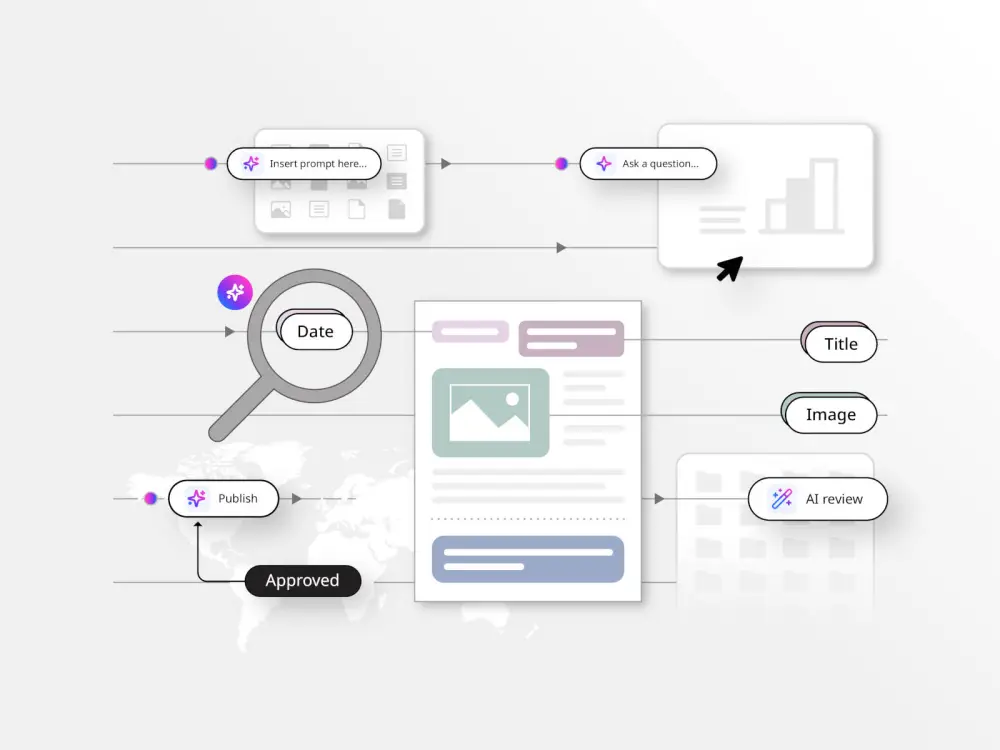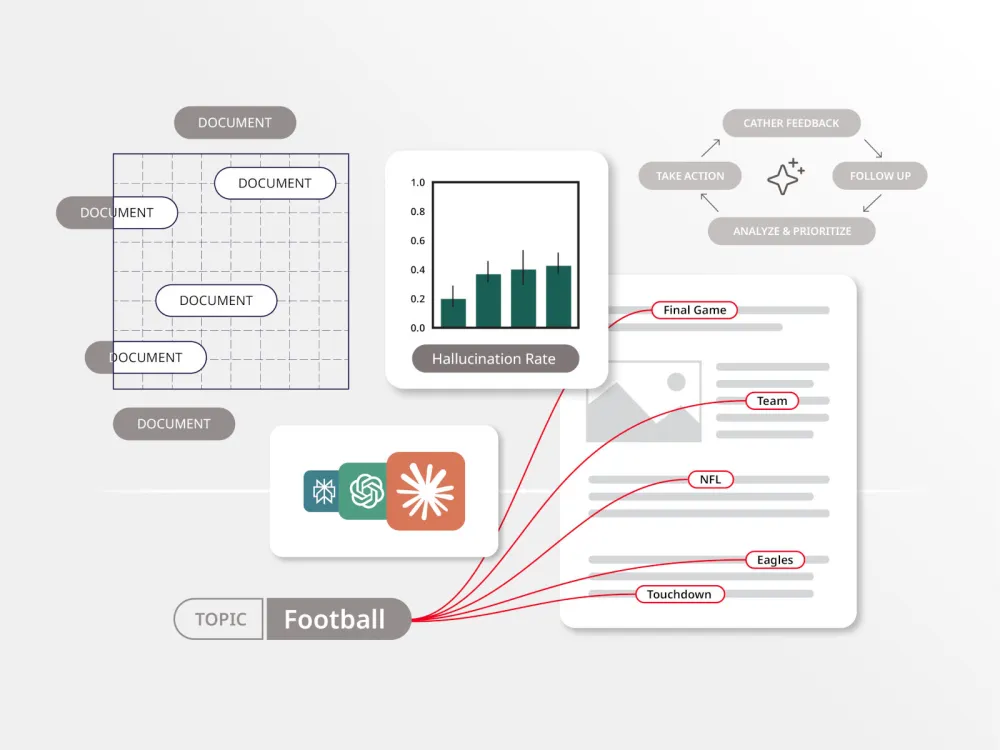Back in the days when media publishers produced primarily print publications, it was all about circulation or subscriptions. As long as those numbers held steady and advertisers kept paying for ad space, it meant the editorial team was doing a good job.
With digital publishing and the ability to track and analyze content performance, there are so many more insights that editorial teams look at to help them determine if their content is working. Furthermore, digital media teams are evaluated not only based on their ability to tell good stories but also on whether they are achieving their key performance indicator (KPI) goals.
Is the content creating brand awareness and brand lift? Is it driving conversions, sign-ups, or revenue in some way? Is it being shared by influencers and industry players? These KPIs measure editorial reach, audience engagement and brand reputation. In other words, media teams are being held to specific standards that didn’t exist back when print was king. That’s why editorial teams need to use tools, starting with a robust content management system, that can help them make informed content decisions and continually improve.
Let’s take a look here at the most common media KPIs and how having the best CMS for media publishers can help you achieve them.
Tools to help content teams hit reach KPIs
No editorial team wants to work hard on content that nobody sees. Reach KPIs measure how many eyeballs are seeing your media pages, from page views to unique visitors and more.
Here are some CMS features that can help
- SEO capabilities: SEO tools can ensure your editorial content pages are found in search engine results and make it easy to customize your SEO title, description, keywords and meta tags. When searching for the best CMS for media publishers, choose one that automatically creates SEO-friendly URLs based on the headline and has tools to suggest things like keywords.
- Out-of-the-box content types and templates: The ability to produce regular, consistent content will help you build an audience. Using a CMS that has pre-built templates and content types can help busy, but lean editorial teams churn out content fast, especially ones that cover breaking news.
- Workflows and collaboration features: Workflow management and collaboration tools help editorial teams work on a piece of content from start to finish, making sure everyone knows their role and responsibility. This can help teams meet deadlines and keep content rolling out regularly—a must if you want to increase your traffic.
Understanding engagement KPIs
People can just land on your page out of sheer good luck if your SEO game is strong, or if you happen to have a click-worthy headline or hashtag that grabs attention. But what they do when they get there is really where the business magic happens. Engagement KPIs measure how engaged your audience is with your content. Are they clicking right on and right off, or are they reading down to the end? Are they visiting other parts of your website after checking out your article? Do they take the time to comment? Metrics like time on page, bounce rate and others are important for editorial teams to look at.
CMS features that can help:
- Native digital asset management: The best CMS for media publishers has an image and multimedia library that’s easily accessible. Pulling in assets that make your page more visually engaging and scrollable can motivate people to spend more time on the page and engage with you a little longer.
- In-built and third-party video support: As with imagery, video content in today’s digital world is essential to drive audience engagement as well as ensuring your stories are being told in the most accessible fashion for users who are either short on time and/or connecting with your content while on the go with a smartphone device where screen real estate is at a premium. Your CMS needs to come fully baked with support for native HTML5 video assets as well support for key players like YouTube, Vimeo or Brightcove.
- Best-in-class editorial interface: Advanced editing tools are helpful for creating engaging page elements, whether that’s calls to action that stand out, highlighting and bolding important text, or breaking up copy into easily scannable, bulleted sections. In addition, editorial teams that collaborate on content projects can benefit from being able to see tracked changes, leave comments for others, and of course, running spelling and grammar checks.
- Content modules and recirculation tools: It’s not just the asset-level pieces that you should be concerned about. What’s that next on-page call to action once you’ve attracted your reader to spend time with the information? Creating paths at the end of blog posts or articles, for example, with related content and resources can help readers deepen the experience. Your CMS should be powered with easily programmable dynamic modules to feed relevant content to the right places, as well as tools to let you easily publish changes and updates to pages, site navigation and more.
Understanding reputation KPIs
Strong content from media teams should inspire audiences to not only click around your site, but also amplify your brand and share it with their networks. That’s where reputation KPIs come in. They include things like social media shares, likes, influencer mentions and linkbacks.
CMS features that can help:
- Social-media integrations: Built-in social media integrations are a must when you’re searching for the best CMS for media publishers. Editorial teams can schedule social media posts directly from the CMS across various platforms, making for a more streamlined process. You also want to be able to configure and feature things like share buttons, so audiences are encouraged to tweet or post about your content.
- In-built traffic analytics: A variety of analytics or dashboard insights can help you see how your content is performing or being shared and talked about in real time. This can help teams open up a dialogue or create new content in response to what audiences are saying.
Trying to reach KPI goals as an editorial team can be a challenge without a CMS that is built for media. The right CMS can help you create content that resonates with your target audience, make sure it’s built in a search engine-friendly way, help you amplify and promote your content on various channels, and provide you with performance insights so you can learn and improve.










